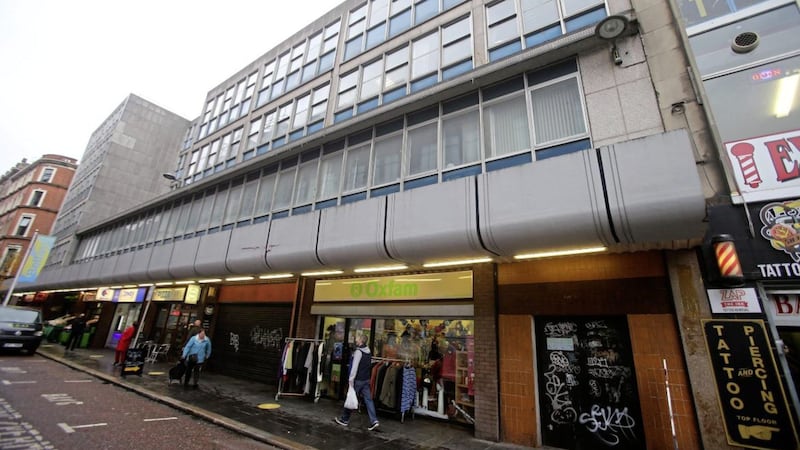HOW do you go about things if your are a commercial tenant and you want to bring your lease to an early end, but you are not sure if the lease document allows for this?
The High Court in England recently considered in the case of Goldman Sachs International v Procession House Trustee Ltd what a commercial tenant must do to exercise their right to break the lease and bring it to an end early.
In that case, the landlord granted a lease for a term of 25 years, at a rent of over £4 million a year, with a tenant break right after 20 years.
The break clause set out that the tenant must vacate the premises and pay all rents owed due.
But the landlord argued there was a further obligation for the tenant to remove any of alterations and or additions which they made to the premises (yield up) before they could break from the lease.
The tenant sought a declaration from the court that they only need to vacate the premises and pay all monies due under the lease to bring the lease to an early end. They argued it was not clear from the lease how it could be brought to an early end.
The court found in the tenant’s favour because it was deemed the responsibility of the landlord (or their solicitors) to draft the lease clearly, especially important clauses such as the break clause, because of the severity for the tenant not being able to exercise their but right to bring the lease to an early.
The requirement to yield up was contained in an entirely separate clause of the lease to the break clause. It was deemed the requirement to yield up the premises was a consequential obligation after, and not actually a pre-condition to, exercising this break right.
The landlord was, however, granted permission to appeal the decision, so watch this space for any further interpretation or comments arising from further findings of the court.
But what does this mean for you as a tenant or landlord? The decision reminds landlords and tenants alike that leases need to be drafted in an unequivocal manner specifying any pre-conditions attached to important clauses, such as break clauses.
Tenants want an unconditional break right whereas landlords want to ensure they are paid any debts owed and get the property back in the same condition.
If a landlord wants a tenant to satisfy certain pre-conditions before exercising their right to break, this must be made clear. In Goldman Sachs International v Procession House Trustee Ltd, the yield up requirement relating to the break was not a condition to exercise the break right.
The case illustrates how tenants, in doubt over what pre-conditions must be satisfied to exercise a break right, should consider seeking clarity well before the actual break date to prevent litigation at a later date. However, this could all be avoided by clear drafting in the lease in the first instance.
:: Shane Conlon (S.Conlan@cfrlaw.co.uk) is a solicitor at Belfast-based corporate law firm Cleaver Fulton Rankin (www.cfrlaw.co.uk)




